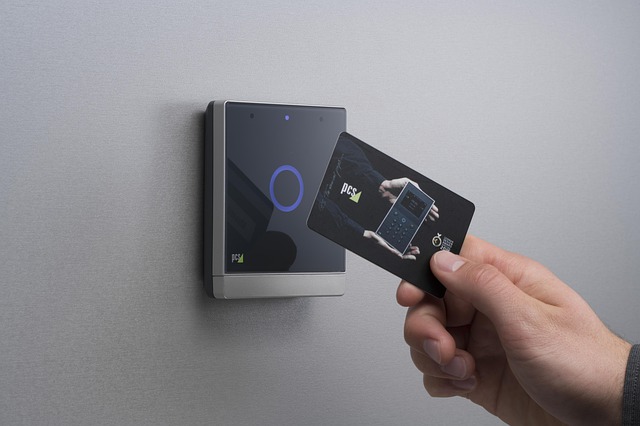An RFID label is a type of label that uses electromagnetic fields to identify tags and track them when they are attached to an object. RFID stands for Radio Frequency Identification. It is made up of a transmitter radio responder, and radio receiver.
Different RFID systems operate in different ranges and frequencies. Some operate in ultra-high frequency band (UHF) and can offer up to 100 m range. These types of ultra-high frequency band RFID systems are typically used on large items big containers used over long distances. Here is how
Types of RFID Systems
RFID systems can be categorized by their respective frequency bands. This refers to the size of frequencies used to transfer waves from one system component to another. Here is how they operate;
Low-Frequency RFID
Just like the name suggests, this covers the lowest wave bands from 30 kHz to at least 300 kHz. Generally, they operate at 125 kHz. They have a slower read speed and range of 10 cm. They are however very sensitive to the interference of radio waves. They could be used in livestock tracking, access control, and more.
High-Frequency RFID
These range from 3 up to 30 MHz and operate at 13.56 MHz, with reading ranges of at least 10 up to 1 m. High-Frequency RFID systems experience moderate sensitivity to radio wave interference. They come in different standards and can be used in applications such as data transfer applications, ticketing, and payments.
Ultra High-Frequency RFID
As the name hints, Ultra High-Frequency RFID systems are quite the highest in radio wavebands, covering a range of 300 MHz up to 4 GHz. They come in different standards and operate from 900 MHz up to 915 MHz. They have fast read data and their read range can be as long as 12m. They are also used in a variety of applications including retail inventory management, pharmaceutical anti-counterfeiting, and more.
Benefits of RFID Labels
Because these are made of high-performance components, they are used in various fields for various reasons. Here are some reasons RFID labels are so popular;
They Don’t Need a Line of Sight
Unlike other codes and labels such as barcodes that require line of sight, or for the object to be in direct line with the labels and be in a very specific position, RFID works differently. They use radio waves and don’t need to be in sight of the reader. They only need to be within the read range.
They are Durable
RFID labels are printed on protected surfaces and cannot be easily damaged. This makes them ideal as far as durability is concerned. For every manufacturer, having labels and tags that keep getting damaged from chemicals and other components in the process of manufacturing and labeling their products is a loss. This also makes RFID most suitable for harsh working conditions.
Can Be Reusable
As said above, RFID labels are strong and made on protected surfaces. They are also updatable and can be easily reusable. For your deployments, this is a great way to cut your costs. They may come off as expensive in the initial cost but save a lot in the long run.
Encrypted Data
When it comes to RFID labels, counterfeiting and scamming are next to impossible. Other tags and labels such as the standard bar codes are made on unprotected surfaces and printed on paper, which is easy to counterfeit. It is also harder to replicate tags recognized and encrypted in your system.
They can Store more Data
Unlike barcodes, which are limited in the amount of information they can store, RFID tags are cables used for storing and representing more data and information. They have a non-volatile memory that is capable of storing up to 8 Kilobytes of information in different tags.
Related Posts












